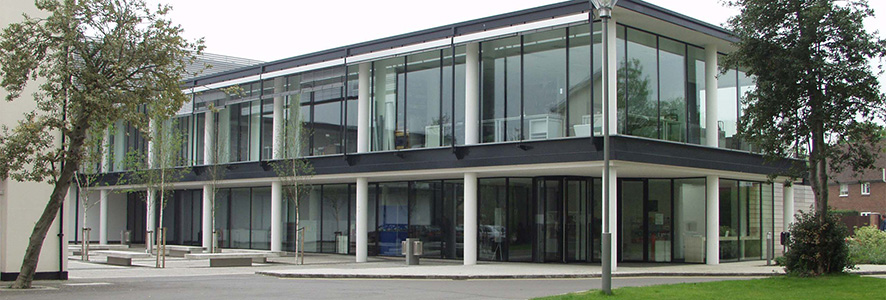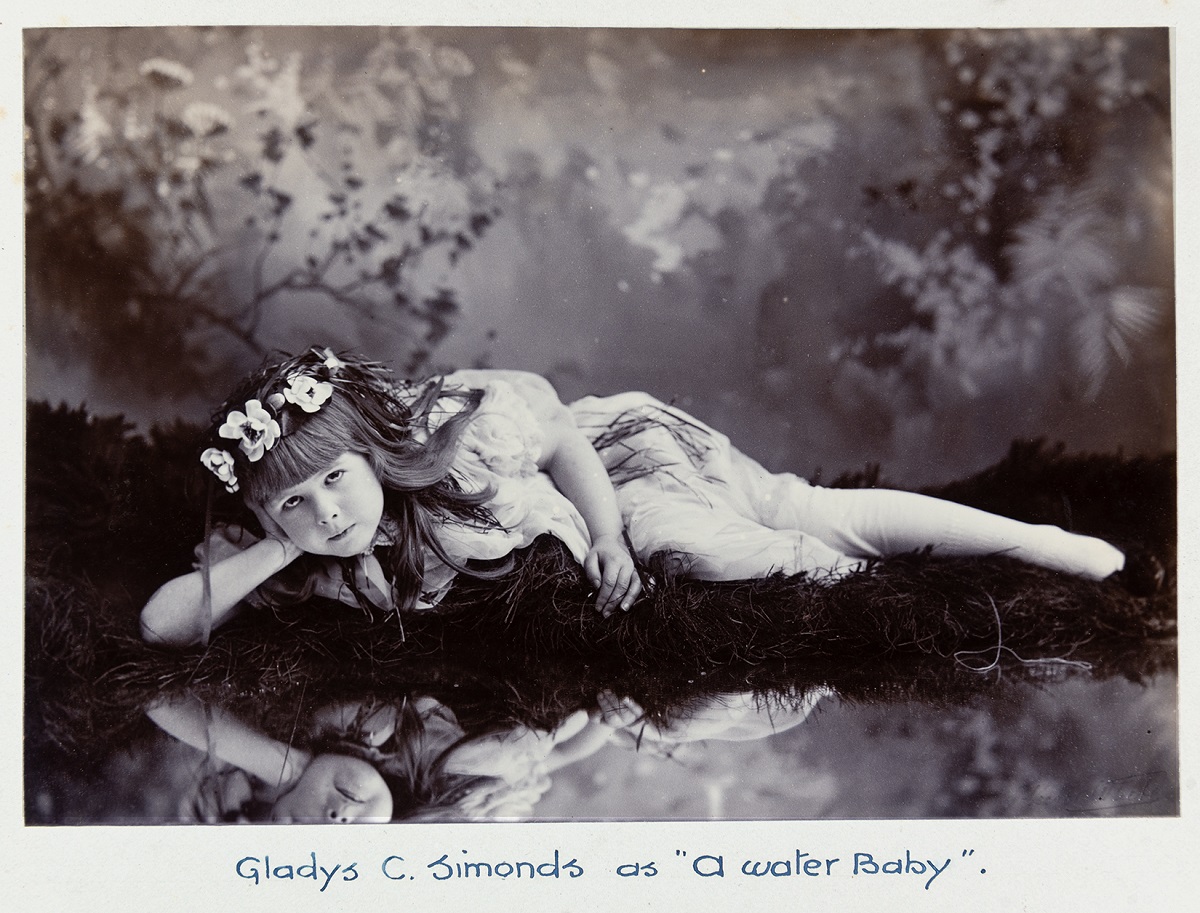
The ‘Our Favourites’ exhibition is made up of locally significant and relevant items favoured by Royal Berkshire Archives staff and their friends and delves into the rich repository of historical records and artifacts to celebrate 75 years of the service. The carefully curated exhibition not only showcases staff’s personal passions but also tells compelling stories of the county’s past - a captivating journey through local history.
Exhibition artifacts span centuries; the earliest items date from when the Black Death ravaged the county, two property deeds from 1349 show how the dying Adam Lambard, from the village of Binfield, placed his property in trust so that it could pass in full to his widow, Christina. Wives had virtually no rights in medieval law and, if Adam had not asked friends to help, Christina would only have inherited a fraction of his estate.
Altogether over 30 unique items are on display and other highlights include documents related to caring for plague victims in Reading, depictions of a parade over Windsor Bridge, and a pamphlet from the Greenham Common Peace Camp. More recent history is represented in a volume of the Yellow Pages for London. Interestingly the archives holds the national collection of these directories where many local people worked for Yell.
You can now experience 'Our Favourites' through this online gallery. Simply click through the headings for information and select the Display Cases to view the documents.
In the beginning
The service’s birthday is traditionally marked as 10th August 1948. On that day, Felix Hull began work as the first County Archivist. Felix’s first task was to take stock of the manorial, county council and law court records he inherited that were already housed in Shire Hall.
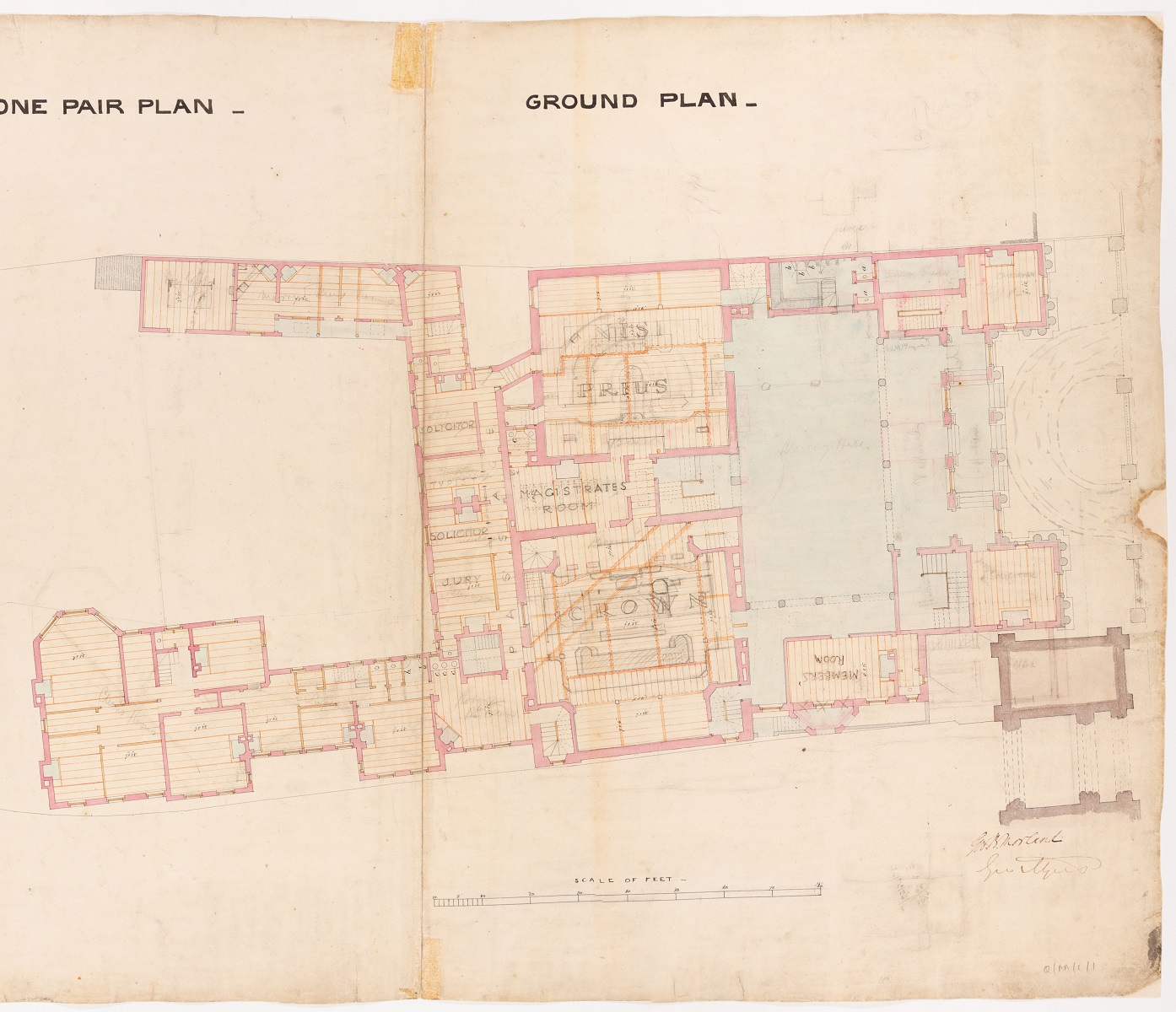
[Plan of the Assizes Courts, 1858 (RBA reference: Q/AA1/1) the record office and County’s Archivist’s office was located below the Members Room on the right and Frank’s conservation studio was located on the ground floor of the old Police Station on the left.]
In the early days, a considerable proportion of deposits came through the British Records Association, the landed gentry, the old boroughs, and many solicitors' offices.
Felix also worked on a traditional way to publicise the collections. This was through a Guide to the Record Office. Felix’s guide was published in 1952 and 631 copies were distributed across the UK and abroad.
Growing up
Felix was joined by an assistant, Peter Walne, in 1950. By the end of the 1960s, the service employed seven people.
In the same decade, there was a growing awareness of archives as a community resource. Councils were encouraged by statute to fund their services and even buy collections. The Public Records Acts 1956 and 1967 created counties, like Berkshire, as licensed ‘places of deposit’ for Government records.
The disastrous Florence flood of 1966 highlighted the risks of damage to book and paper collections. Soon after, having resources for care and repair became an essential part of running an archive. The service appointed its first ‘repairer’, Leslie Franklin (known as Frank), in 1972.
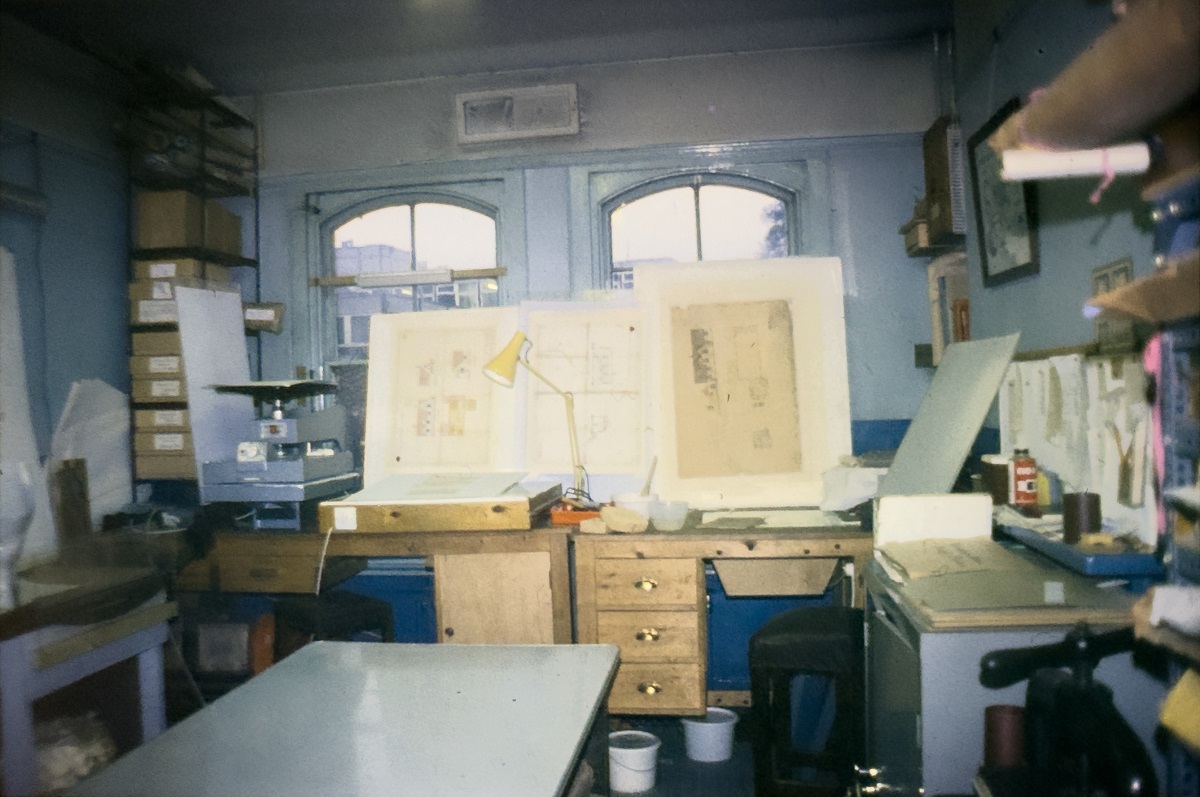
[The first repair room in the old Police Station behind the Assizes Courts, c.1978.]
A Safe Place
The 1970s saw a rising interest in archives. In Berkshire, there was a countywide survey of parish churches, and many documents were deposited for safekeeping. Parish council, school, and Methodist records were received following similar surveys.
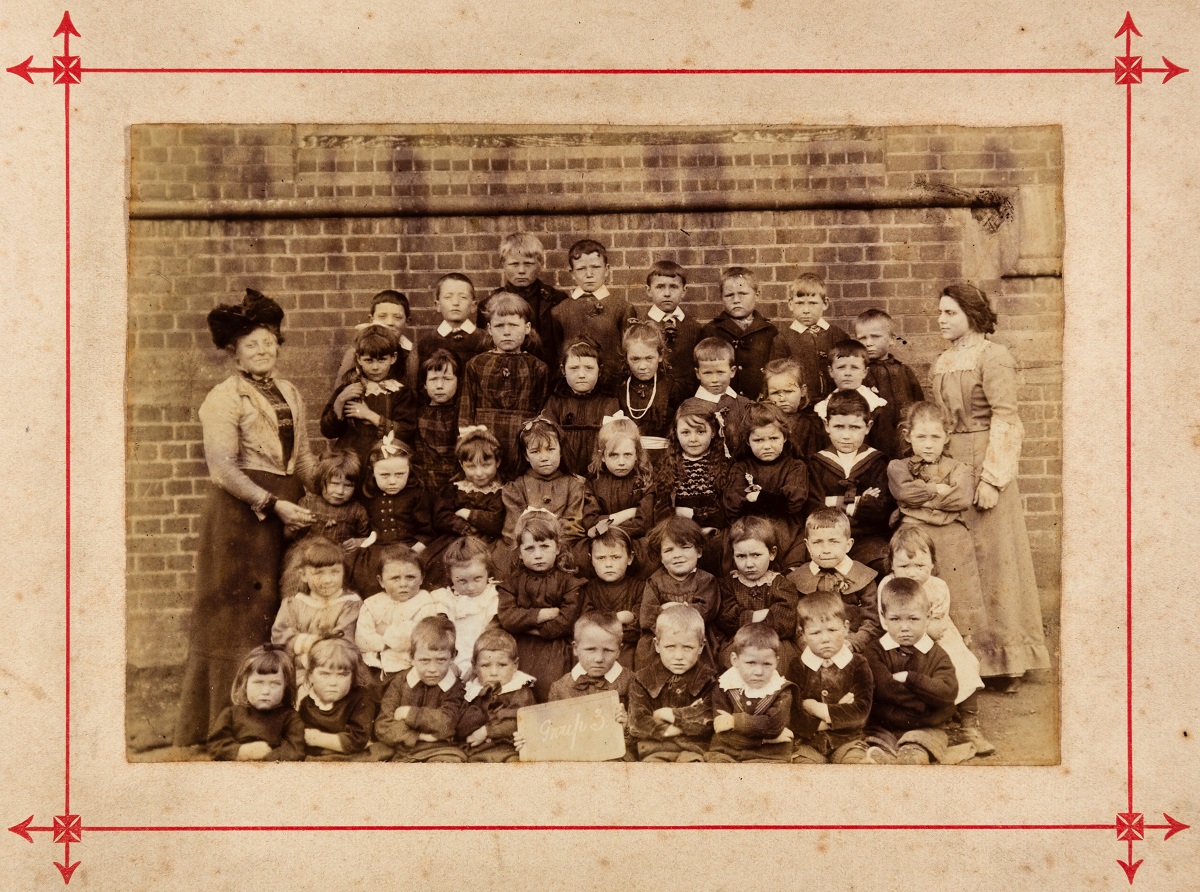
[Class photograph of students belong to ‘Group 3’ of Drayton Parochial School, c.1902 (RBA reference: D/EX1861/1).]
The local government reorganisation of 1974 led to records of the old boroughs arriving. The Bodleian Library transferred its wills and maps. Hospitals, Reading Prison, and the Thames Conservancy all made transfers.
With more archives came more visitors, particularly with the growing interest in family history. Capacity was increased by the move to the new Shire Hall in 1980. In addition to more space, many records were copied onto microfilm for quicker and easier self-service. What had begun as a service designed for hundreds of people was now used by thousands.
Going Public
As the service developed, so did its links with Berkshire’s communities.
Volunteers became a regular addition to the staff. Many early volunteers were students, some from as far afield as Malaysia and Nigeria. In the 1980s, placements were offered as part of the Government’s Youth Opportunities Programme.
Volunteer run organisations such as the Berkshire Family History Society and the Berkshire Local History Association increasingly supported the service’s work. The Berkshire Record Society began to help broaden access by publishing transcripts of documents. Visits from school groups began.
The service also started to understand the importance of publicity. It offered what one annual report described as a ‘substantial and sustained programme of outreach’. More exhibitions and open days were held. More stories were offered to the local press and radio media. Gradually, awareness grew about the service and the collections it held.
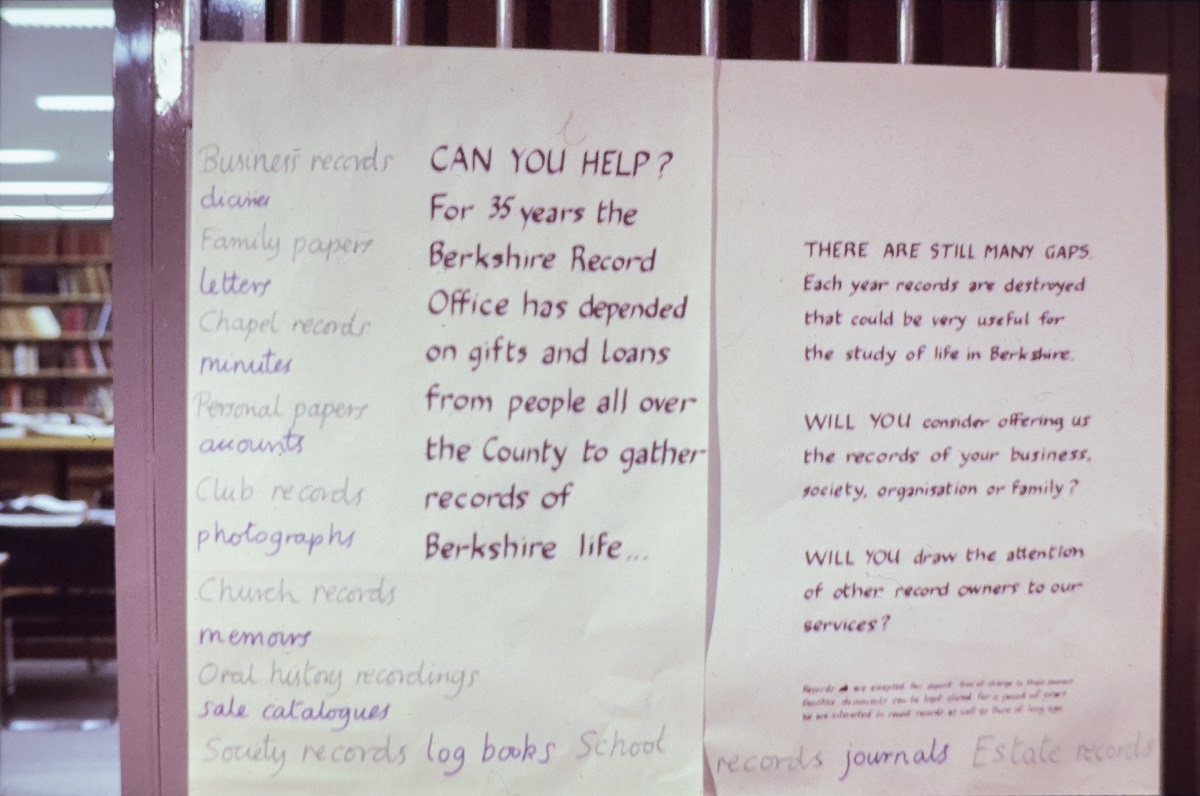
[Open days were one way to raise awareness of the service and its collections. These included the first ‘behind-the-scenes’ tours – an event that continues today as part of Heritage Open Days.]
A home fit for the 21st century
In 1998, the service became run jointly by the six Berkshire councils: Bracknell Forest, Reading, Slough, West Berkshire, Windsor and Maidenhead, and Wokingham.
Work began on the current Archives building, in Coley Avenue, which was opened in 2001. At more than twice the space in Shire Hall, the move provided the first purpose-built home for the collections. It also paved the way to acquiring more records, such as that of Broadmoor Hospital and the Royal Merchant Navy School, Bearwood.
Sharing skills and knowledge became an increasing focus of the service’s work. Workshops were offered on topics such as parish and probate records, reading old handwriting, and bookbinding, papermaking, and picture mounting.
Many more volunteers gave of their time to conservation, including groups from the Berkshire Federation of Women’s Institutes and Wokingham Theatre. A volunteer project researched schools in Berkshire and published a book.

[Volunteers Greta Dixon and Marion Elly helping to conserve Women’s Institute collections.]
Looking forward
New technology has allowed archives to reach a much wider audience. Today, thousands of items from our collections are online. We share content about the things we find and the things we do. Many archives are now acquired digitally, and we have virtual repositories as well as real ones.

[Archivist Rosie Everritt using equipment for digital engagement, such as blog posts, YouTube videos and social media posts.]
Beside content creation, more time is now put into making connections with Berkshire’s many and diverse communities. As well as telling people about Berkshire’s history, we are asking them what they would like to find out.
Since 1948, the service has become larger, more complex, and more engaged with the outside world on a wider scale than before. We continue to work towards reflecting the royal county and all who live or work in it.
Our Timeline
1948 – First County Archivist appointed to work in Shire Hall. Service opens as the Berkshire Record Office
1950 –First trainee Archivists spent period of study at the office in preparation for or as part of postgraduate course
1952 – First location index created; publication of The Guide to the Berkshire Record Office
1953 – The Church of Latter Day Saints began to microfilm our collections
1960 - Appointment by Lord Chancellor as appropriate place of deposit for public records
1969 – First strongroom assistant and modern records clerk appointed
1972 – First document repairer appointed
1974 – Local government reorganisation – North Berkshire moves to Oxfordshire, Slough moves to Berkshire
1975 – Start of evening and lunchtime opening
1980 – Move to purpose-built accommodation at Shire Hall
1981 – Microfilming carried out in-house
1987 – Survey of school records carried out
1993 – First disaster plan published; Berkshire Record Society launched
1994 – Move to new accommodation in new Shire Hall
1995 – First user survey carried out
1997 – First Berkshire Echo published
1998 – Local government reorganisation – Berkshire County Council is replaced with the current six unitary authorities
2000 – Shire Hall office closed and temporary searchroom set up in Battle Library; move to new office
2001 – New building in Coley Avenue opened by Her Royal Highness the Princess Royal; first catalogues put online
2002 - Website launched
2004 – New Landscapes website launched
2009 - Survey of sports clubs’ records ahead of the 2012 Olympics
2011 – First social media account (Facebook) launched
2013 – Online catalogue launched
2015 – First taught history undergraduate module in partnership with the University of Reading
2018 – Routine collecting of digital archives starts
2020 – Covid pandemic: closed to visitors; first online only exhibition ‘Through Their Eyes’ for VE Day 75th anniversary
2021 – Berkshire Echo retired in its 97th issue in favour of an e-bulletin; re-open to visitors with new covid restrictions
2023 – The Berkshire Record Office becomes the Royal Berkshire Archives

